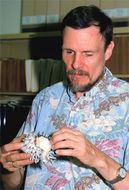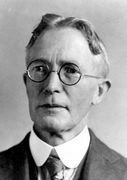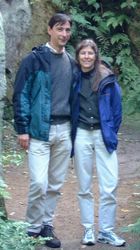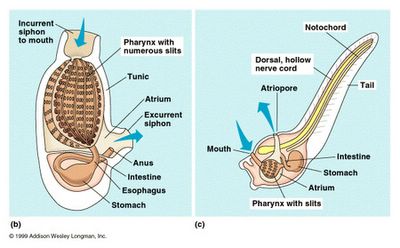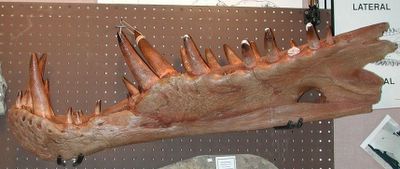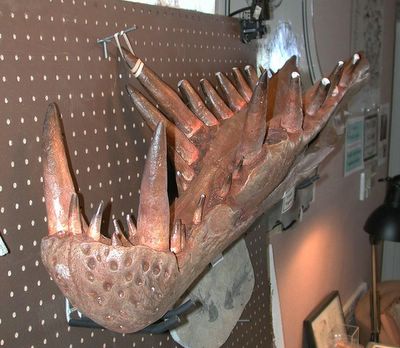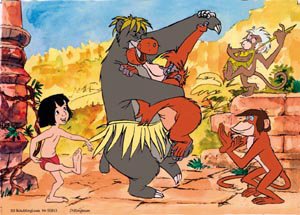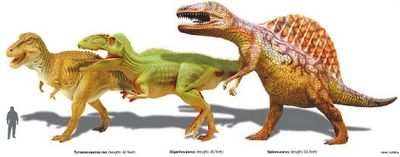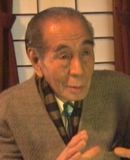A basal tyrannosauroid dinosaur from the Late Jurassic of China. 2006. Xing Xu, James M. Clark, Catherine A. Forster, Mark A. Norell, Gregory M. Erickson, David A. Eberth, Chengkai Jia and Qi Zhao. Nature 439: 715-718
 Illustration courtesy Zhongda Zhang/IVPPAbstract:
Illustration courtesy Zhongda Zhang/IVPPAbstract: The tyrannosauroid fossil record is mainly restricted to Cretaceous sediments of Laurasia, although some very fragmentary Jurassic specimens have been referred to this group. Here we report a new basal tyrannosauroid,
Guanlong wucaii gen. et sp. nov., from the lower Upper Jurassic of the Junggar Basin, northwestern China.
G. wucaii is the oldest known tyrannosauroid and shows several unexpectedly primitive pelvic features. Nevertheless, the limbs of
G. wucaii share several features with derived coelurosaurs, and it possesses features shared by other coelurosaurian clades. This unusual combination of character states provides an insight into the poorly known early radiation of the Coelurosauria. Notably, the presumed predatory
Guanlong has a large, fragile and highly pneumatic cranial crest that is among the most elaborate known in any non-avian dinosaur and could be comparable to some classical exaggerated ornamental traits among vertebrates.
From
National Geographic.com:
The earliest in a line of dinosaurs that gave rise to Tyrannosaurus rex has been discovered in China.
Scientists say the 160-million-year-old
Guanlong wucaii ("crowned dragon") which had simple feathers and an elaborate head crest, is the oldest known tyrannosaur—a group of swift, flesh-eating dinos that culminated in
T. rex some 90 million years later.
The diminutive dinosaur stood 1.1 meters tall and measured 3 meters long. Two specimens of the previously unknown dinosaur have been found in the fossil-rich badlands of Xinjiang province in northwest China. The primitive tyrannosaurs were discovered together. They appeared to have become fatally trapped in a prehistoric mud pit, according to Xing Xu, professor at the Institute of Vertebrate Paleontology and Paleoanthropology in Beijing, China. The carnivores were possibly lured to their deaths by other mud-stricken animals, which also left behind fossil remains.
About as thick as a tortilla and 2.5 inches (6.4 centimeters) high, the crest certainly wouldn't have been much use as a weapon, said study co-author James M. Clark, biology professor at The George Washington University in Washington, D.C. Fossil bone-growth rings suggest one animal died at age 12, while the other was only 6. This younger specimen, yet to reach sexual maturity, had a much smaller crest.
The team identified
Guanlong as a tyrannosaur based on a number of physical characteristics, including U-shaped front teeth, the makeup of its pelvis, and the shape of its skull.
Unlike T. rex, however, the animal had three finger-claws instead of two, a shallow snout, and long arms. "
Guanlong represents a specialized lineage very early in the evolution of tyrannosauroids, so it has only a few features of this group," study co-author Clark said.
Read the Florida State University Press release for more information and the part that Dr. Greg Erickson played in the research.

